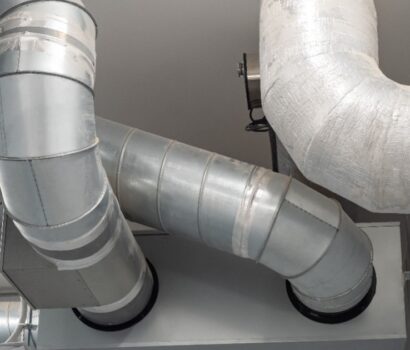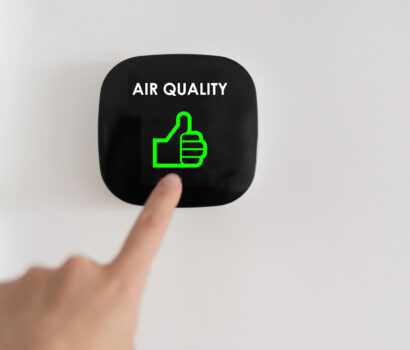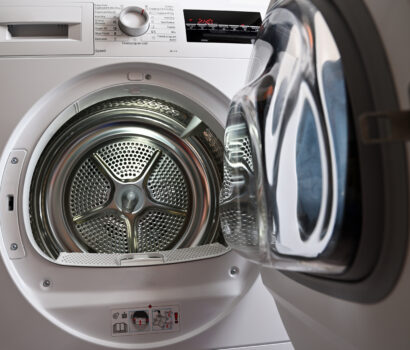On the surface, e-cigarettes and vaping seem like a viable option to combat smoking traditional cigarettes. Instead of emitting smoke, e-cigarettes and vapes emit a mist-like vapor that has been touted as a way for smokers to reduce or quit their habit. Smoke shops have even claimed these products are safer than smoking cigarettes. But is it really? The studies on the impact of indoor air quality would say no.
What Does Vaping Release into the Air?
Cigarettes have endured heat from health experts for many reasons, particularly because of the harmful secondhand smoke they create. With e-cigarettes and vapes, there is no secondhand smoke, per se, with smoke being replaced by vapor. But contrary to common belief, it isn’t just harmless water vapor.
Rather, the vapor is composed of nicotine and other harmful toxins that are known to cause cancer. Studies show the components of the vapor have detected ultrafine particles that are more concentrated than the same particles found in cigarette smoke. Among these particles in secondhand vapor are Benzene, Formaldehyde, Isoprene, Nicotine, N-Nitrosonornicotine, Toluene, and Propylene Glycol.
These particles can worsen respiratory ailments like asthma, and even constrict arteries that could trigger a heart attack. Vaping in large quantities can also pose a negative impact on air quality. It’s important to recognize that excessive or prolonged exposure to vaping could have a serious impact on your air quality.
Smoke Infiltration: The Hidden Dangers In Air Ducts
What many people fail to realize is that these vapor particles can settle within air ducts. Air ducts play a crucial role in distributing heated or cooled air throughout living spaces, but they can also become reservoirs for contaminants, including vapor particles. Over time, the accumulation of vapor residue in air ducts can pose serious long-term health risks.
As vapor particles settle within air ducts, they become trapped, creating a breeding ground for bacteria, mold, and other harmful microorganisms. When the HVAC system is activated, these contaminants can be circulated throughout your home or business, affecting indoor air quality and exacerbating respiratory problems. This continuous exposure to contaminated air can be particularly detrimental to individuals with asthma, allergies, or weakened immune systems. This is why we strongly recommend regular air duct cleaning in your home and business.
Does Vaping Negatively Impact Indoor Air Quality?
The short answer as to whether vaping will impact indoor air quality is yes. If you vape or allow other people to vape in your home or business, over time it could pose a risk to your air ducts, which does impact your air quality. Vaping isn’t as harmless as manufacturers would want you to believe, and you should do everything you can to limit your exposure.
Bring Back Better Air Quality with Bactronix
Suspect that your indoor air quality is contaminated due to vaping activity? Call us today to schedule indoor air quality testing. Once your IAQ is tested, you can breathe easy knowing your air is free and clear of harmful contaminants that could impact your health.




